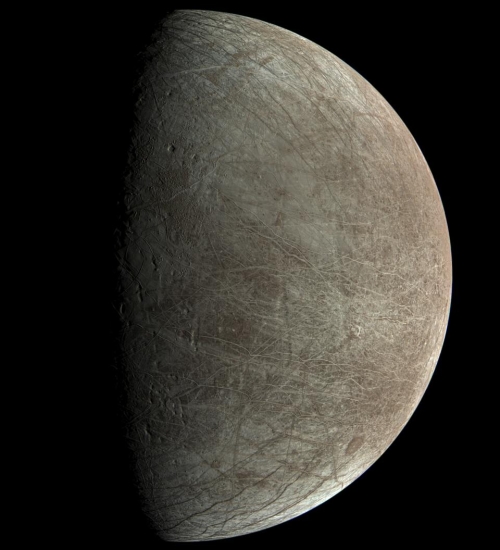Iran completes third orbital launch in 2024

According to Iran’s state-run press and now confirmed by independent sources, Iran yesterday completed its third orbital launch in 2024, its new solid-fueled three stage Qaem-100 rocket lifting off on its second launch from Iran’s interior Semnan spaceport. No word on where the rocket’s lower stages crashed.
The payload was an engineering test satellite, which according to the Iranian press is operating as planned.
At the moment Iran appears to aggressively accelerating its civilian space program. It now has two functioning rockets, the Simorgh rocket, which placed three satellites in orbit in January, and the Qaem-100, its first launch taking place also in January. The country is also building a coastal spaceport near the town of Chabahar, as shown on the map to the right. Moreover, this third launch is the most the country has ever achieved in a single year. Until 2024, Iran had never launched more than once in any year.
And while these rockets and satellites do not appear to be military in nature, the technology development will certainly result in advances in Iran’s missile capabilities. The Qaem-100’s solid-fueled design is exactly what most ballistic missiles use, since it allows the missile to be stored fueled for long periods.
The leader board in the 2024 launch race remains unchanged.
91 SpaceX
38 China
10 Rocket Lab
10 Russia
American private enterprise still leads the rest of the world combined in successful launches 106 to 59, while SpaceX by itself leads the entire world, including American companies, 91 to 74.

According to Iran’s state-run press and now confirmed by independent sources, Iran yesterday completed its third orbital launch in 2024, its new solid-fueled three stage Qaem-100 rocket lifting off on its second launch from Iran’s interior Semnan spaceport. No word on where the rocket’s lower stages crashed.
The payload was an engineering test satellite, which according to the Iranian press is operating as planned.
At the moment Iran appears to aggressively accelerating its civilian space program. It now has two functioning rockets, the Simorgh rocket, which placed three satellites in orbit in January, and the Qaem-100, its first launch taking place also in January. The country is also building a coastal spaceport near the town of Chabahar, as shown on the map to the right. Moreover, this third launch is the most the country has ever achieved in a single year. Until 2024, Iran had never launched more than once in any year.
And while these rockets and satellites do not appear to be military in nature, the technology development will certainly result in advances in Iran’s missile capabilities. The Qaem-100’s solid-fueled design is exactly what most ballistic missiles use, since it allows the missile to be stored fueled for long periods.
The leader board in the 2024 launch race remains unchanged.
91 SpaceX
38 China
10 Rocket Lab
10 Russia
American private enterprise still leads the rest of the world combined in successful launches 106 to 59, while SpaceX by itself leads the entire world, including American companies, 91 to 74.












